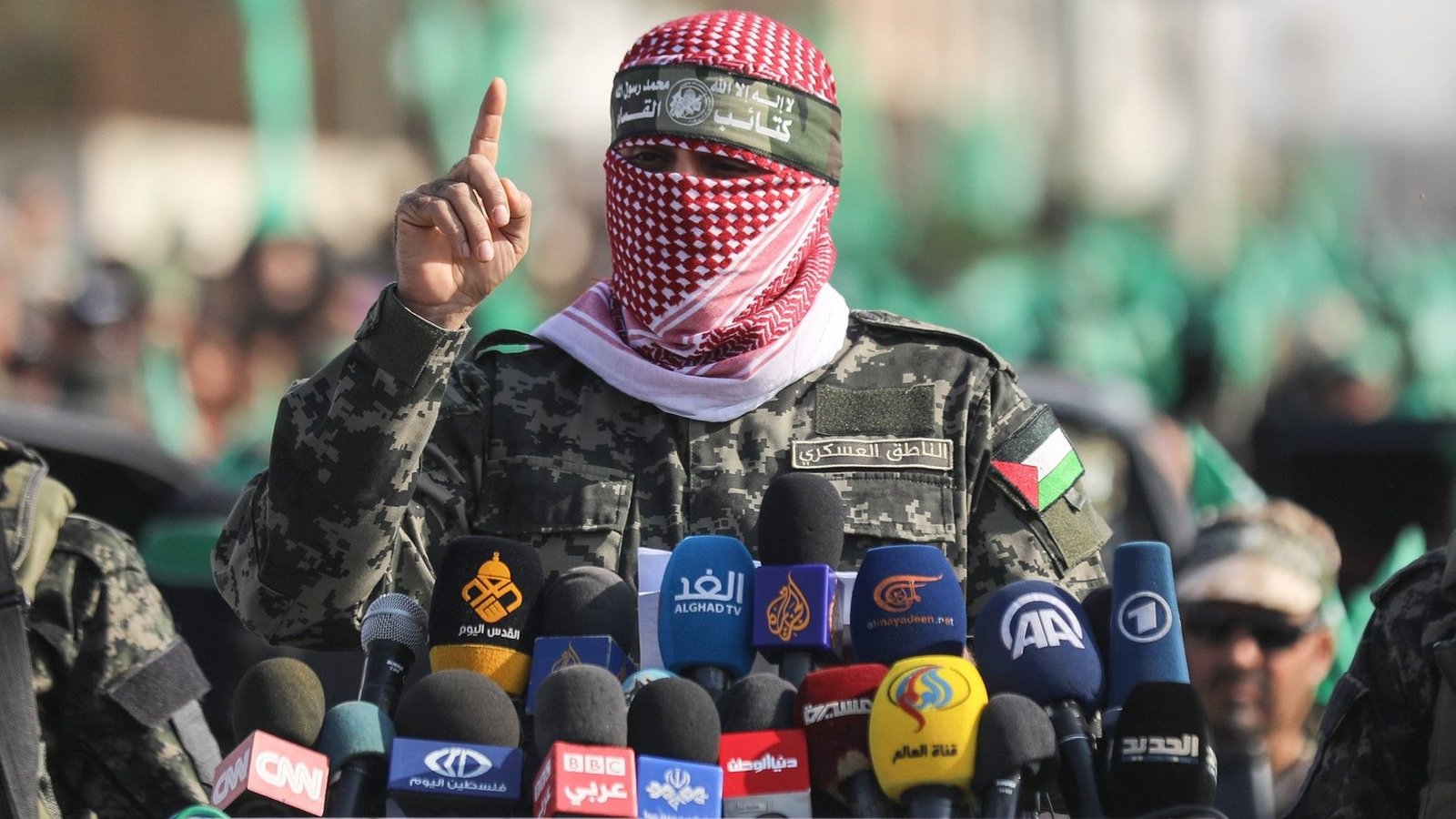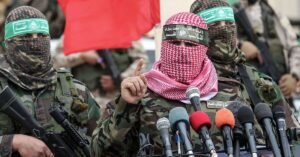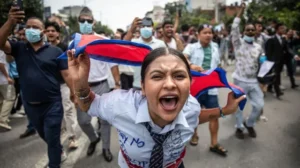Israeli military forces announced the elimination of a major Hamas figure during recent operations in the Gaza Strip. Abu Obaida, known widely as the group’s primary spokesman and senior military commander, reportedly died in targeted airstrikes. The Gaza strike represents a significant development in ongoing regional conflicts affecting Middle Eastern stability.
Understanding Abu Obaida’s Role Within Hamas Leadership
Abu Obaida served as one of Hamas’s most visible public faces throughout the years of regional conflict and diplomatic negotiations. His distinctive voice became synonymous with the group’s military wing announcements and public statements during major operations. The masked spokesman regularly appeared in video messages claiming responsibility for various military actions against Israeli targets.
Intelligence sources suggest Abu Obaida held substantial influence within Hamas’s military planning committees and operational decision-making processes. His communications role extended beyond simple public relations to include coordination with other resistance groups across the region. Military analysts consider his elimination a major blow to Hamas’s propaganda capabilities and internal coordination systems.
The timing of this strike coincides with increased Israeli military operations targeting Hamas leadership structures throughout Gaza. Israeli forces have systematically pursued high-value targets to degrade the organisation’s operational effectiveness and command structure capabilities.
Details Surrounding the Targeted Gaza Operation
Israeli Defence Forces conducted precision airstrikes targeting specific locations where intelligence suggested senior Hamas officials were meeting. The operation utilised advanced surveillance technology and real-time intelligence gathering to minimise civilian casualties while achieving military objectives. Multiple aircraft participated in coordinated strikes against predetermined targets across different Gaza neighbourhoods.
Military sources describe the operation as part of broader efforts to eliminate Hamas’s command and control infrastructure. The strikes targeted:
- Communication centres are used for coordinating military operations
- Underground tunnel networks facilitate weapons transportation
- Safe houses where senior leadership figures conducted planning meetings
- Weapons storage facilities containing rockets and explosive materials
Verification of Abu Obaida’s death remains challenging due to Hamas’s secretive operational security measures and limited independent access. Israeli intelligence agencies continue analysing available evidence to confirm the elimination of this high-priority target.
Regional Impact and Strategic Implications
The reported elimination of such a prominent Hamas figure could significantly impact the group’s ability to maintain public support. Abu Obaida’s distinctive communication style and masked persona had become iconic symbols of Palestinian resistance for many supporters. His absence may create challenges for Hamas’s media operations and public messaging campaigns.
International observers are closely monitoring potential escalation following these targeted strikes against senior Hamas leadership. The elimination of key figures often prompts retaliatory actions that can spiral into broader conflicts affecting civilian populations. Diplomatic efforts continue seeking ways to prevent further escalation while addressing underlying regional tensions.
Neighbouring countries with significant Palestinian populations are watching developments closely as they could affect regional stability. Egypt, Jordan, and Lebanon maintain particular interest in Gaza developments due to their geographic proximity and refugee considerations.
Hamas Response and Organisational Continuity
Hamas leadership has not officially confirmed or denied reports regarding Abu Obaida’s elimination in recent Israeli military operations. The organisation typically maintains operational security by avoiding immediate confirmation of leadership casualties during active military campaigns. This strategy helps preserve morale while protecting remaining leadership figures from targeted elimination efforts.
Succession planning within militant organisations like Hamas often involves predetermined replacement structures to maintain operational continuity. The group’s military wing likely has backup communication specialists prepared to assume Abu Obaida’s public-facing responsibilities. However, replacing his specific expertise and established credibility among supporters presents significant challenges.
Internal communications systems within Hamas may face disruption as the organisation adapts to potential leadership changes. Command structures require time to reorganise following the loss of senior figures who possessed extensive operational knowledge.
Broader Context of Gaza Military Operations
Current Israeli military operations in Gaza represent a continuation of long-standing efforts to degrade Hamas’s military capabilities and infrastructure. These campaigns typically focus on eliminating weapons manufacturing facilities, tunnel networks, and leadership targets deemed threats to Israeli security. The cyclical nature of these conflicts reflects deeper regional tensions requiring comprehensive diplomatic solutions.
International humanitarian organisations continue expressing concerns about civilian casualties resulting from military operations in densely populated Gaza areas. The challenge of conducting precision strikes while minimising harm to non-combatants remains a persistent issue in urban warfare scenarios.
Your understanding of these regional dynamics helps contextualise individual incidents within broader patterns of conflict and attempts at resolution.
Looking Forward: Potential Consequences and Next Steps
The elimination of senior Hamas figures like Abu Obaida could influence the organisation’s strategic decision-making processes and future operational planning. Leadership changes often result in tactical shifts as new commanders bring different perspectives and priorities to organisational planning.
Intelligence agencies across the region will likely increase monitoring of Hamas communications and activities to assess the impact of recent leadership losses. The organisation’s response to these setbacks may indicate its remaining operational capabilities and strategic intentions.
Your awareness of these developments helps you understand the complex dynamics affecting Middle Eastern stability and international diplomatic efforts. The situation continues evolving as both sides assess the implications of recent military actions and plan their next strategic moves.
Regional peace efforts may face additional challenges as military actions complicate diplomatic negotiations. International mediators must navigate increased tensions while seeking sustainable solutions to underlying conflicts affecting millions of people across the region.








Be First to Comment